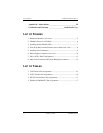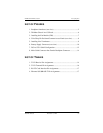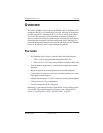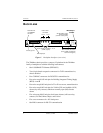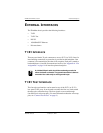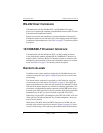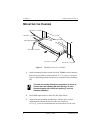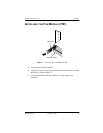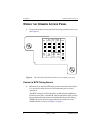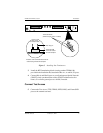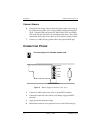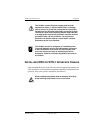
External Interfaces LTPH-UM-1088-02, Issue 2
4 January 3, 2002 ThinMux Chassis
RS-232 CRAFT INTERFACE
Communication with the ThinMux STS-1 and ThinMux DS3 central
processors occur through a standard grounded DB-9 connector (RS-232 Data
Communication Equipment interface).
Signals are routed to both multiplexers, and the transmitter of the inactive
multiplexer remains in a tristate mode. Pin 5 is the digital ground of all digital
components (both multiplexers). See Table 3 on page 17 for interface pinout
description.
10/100BASE-T ETHERNET INTERFACE
Communication with the multiplexer (STS-1 or DS3) central processors
occurs through the standard grounded RJ-45 10/100BASE-T interface for
metallic chassis. Similar to the RS-232 interface, signals are routed to both
multiplexers; the transmitter of the inactive multiplexer remains in a tristate
mode. See Table 4 on page 17 for interface pinout description.
DISCRETE ALARMS
In addition to the various interfaces supplied by the ThinMux chassis, the
common access panel (see Figure4onpage8) provides access for discrete
alarm wiring.
The discrete alarms connection is provided by 0.045-inch wire-wrap pins
located on the rear of the chassis (see Figure 1 on page 2). The signals are
routed to the multiplexers, where the logic functions are performed. Critical
VIS and AUD alarms comprise dry contacts for telemetry applications. The
alarms have an independent common connection (serial COM port) to relays;
normally open (NO) is provided. Current is limited to 0.5A when a maximum
temperature rise of 20°C on traces is desired (as per MIL-STD-275C).
When using a legacy HXU-358 multiplexer, the CRIT VIS, CRIT AUD, and
Alarm pins must be left unconnected. For all other multiplexers, these pins
may be used as needed.
Other alarms (FE, MIN, MAJ, and CRIT) share the same COM, and only
normally open contact is provided as shown in Figure4onpage8. Contact
closure is made using a solid-state relay photo Metal-Oxide Semiconductor



